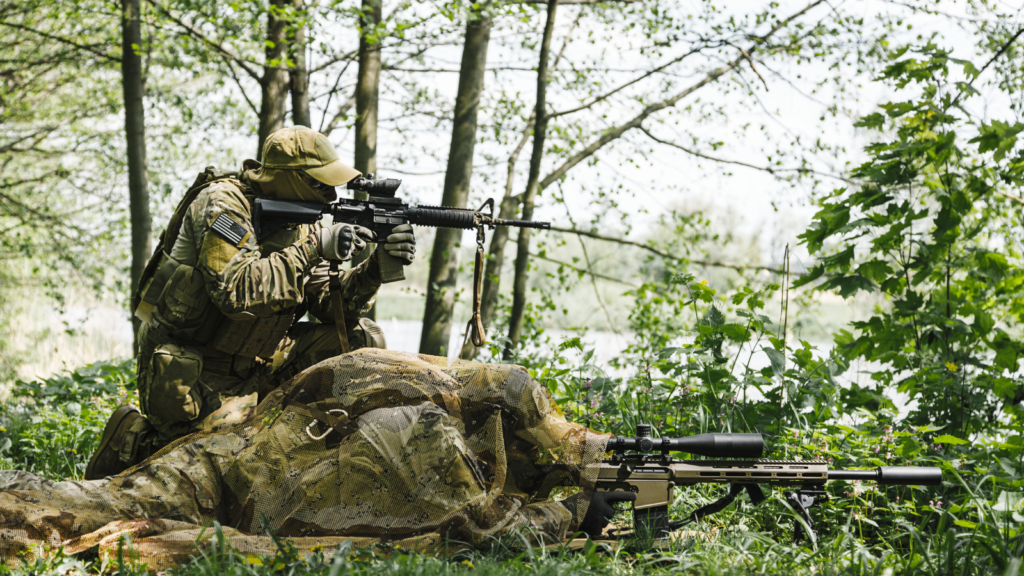Open your minds and clench your fists, we’re about to venture into the dark underbelly of the illicit drug trade. Brace yourself for a wild ride through the twisted relationship between drug prohibition and the blood-soaked world of cartels and drug-related violence. This is the tale of how chaos reigns supreme and communities bear the brunt of this savage dance.
When it comes to the drug trade, violence is an unwelcome guest that just won’t leave the party. The very nature of this illicit enterprise breeds hostility and conflict. Why, you ask? Well, it’s simple. When substances that are in high demand are made illegal, an underground market flourishes. And within this lawless realm, violence becomes the currency of power and control. The days of peaceful outlaw hippies are long gone.
Cartels, those monstrous beasts that thrive in the shadows, are the puppet masters pulling the strings of this macabre dance. Drug prohibition, with its iron fist, creates the perfect breeding ground for these criminal organizations. The more we try to squash them, the stronger they become. It’s a vicious cycle, my friends.
Poor Mexico, so far from God so close to the USA.

Let’s talk about Mexico for a moment, where the drug war has reached unprecedented levels of brutality. In the last two decades, over 250,000 people have lost their lives in drug-related violence. That’s not a typo, folks. A quarter of a million lives snuffed out in the pursuit of power and control over the drug trade. It’s a horrifying testament to the destructive consequences of this failed approach.
In the early 1990s, a group of elite Mexican Special Forces were trained in the art of war and all things anti narco, by the world’s best America’s 7th Special Forces Group nicknamed the “snake eaters”. They then quit en masse and formed the Zeta’s arguably the world’s most deadly cartel. Now that’s what I call a home goal.

But here’s where things take a truly twisted turn. The United States, the land of the free and home of the brave, plays a significant role in this gruesome tango. It’s not just the insatiable appetite for drugs that fuels the fire; it’s the weapons that flow south like a deadly river. Investigations have revealed a chilling reality: American weapons, legally purchased and smuggled across the border, find themselves in the hands of ruthless cartels. The result? An escalation of violence that rips through communities like a hurricane.
According to a report by the U.S. Government Accountability Office, between 2009 and 2014, approximately 70% of firearms recovered in Mexico and submitted for tracing originated from the United States. That’s right, folks. Our very own gun culture is fueling the bloodshed down south. It’s a toxic symbiotic relationship that demands attention and action.
So, where do we go from here? How do we break free from this deadly waltz? It’s high time we reevaluate our drug policies and consider alternative approaches. Prohibition has proven to be a playground for violence and organized crime. It’s time to explore harm reduction strategies, decriminalization, and even the possibility of legalization and regulation.
I know it sounds radical, but desperate times call for bold measures. We must shift our focus from punishment to harm reduction and tackle the root causes of addiction. We need comprehensive drug education, accessible treatment programs, and a society that supports rather than stigmatizes those struggling with substance abuse.
In the words of the inimitable Hunter S. Thompson, “Freedom is something that dies unless it’s used.” Let’s exercise our freedom to question the status quo, challenge the failed policies, and demand a safer, more compassionate approach to drugs. Only then can we put an end to this savage dance of violence and reclaim our communities from the grip of the illegal drug trade.
Sources:U.S. Government Accountability Office (GAO). (2016). U.S. Efforts to Combat Firearms Trafficking to Mexico Have Improved, but Some Collaboration Challenges Remain. Retrieved from https://www.gao.gov/assets/680/677868.pdf

0 Comments